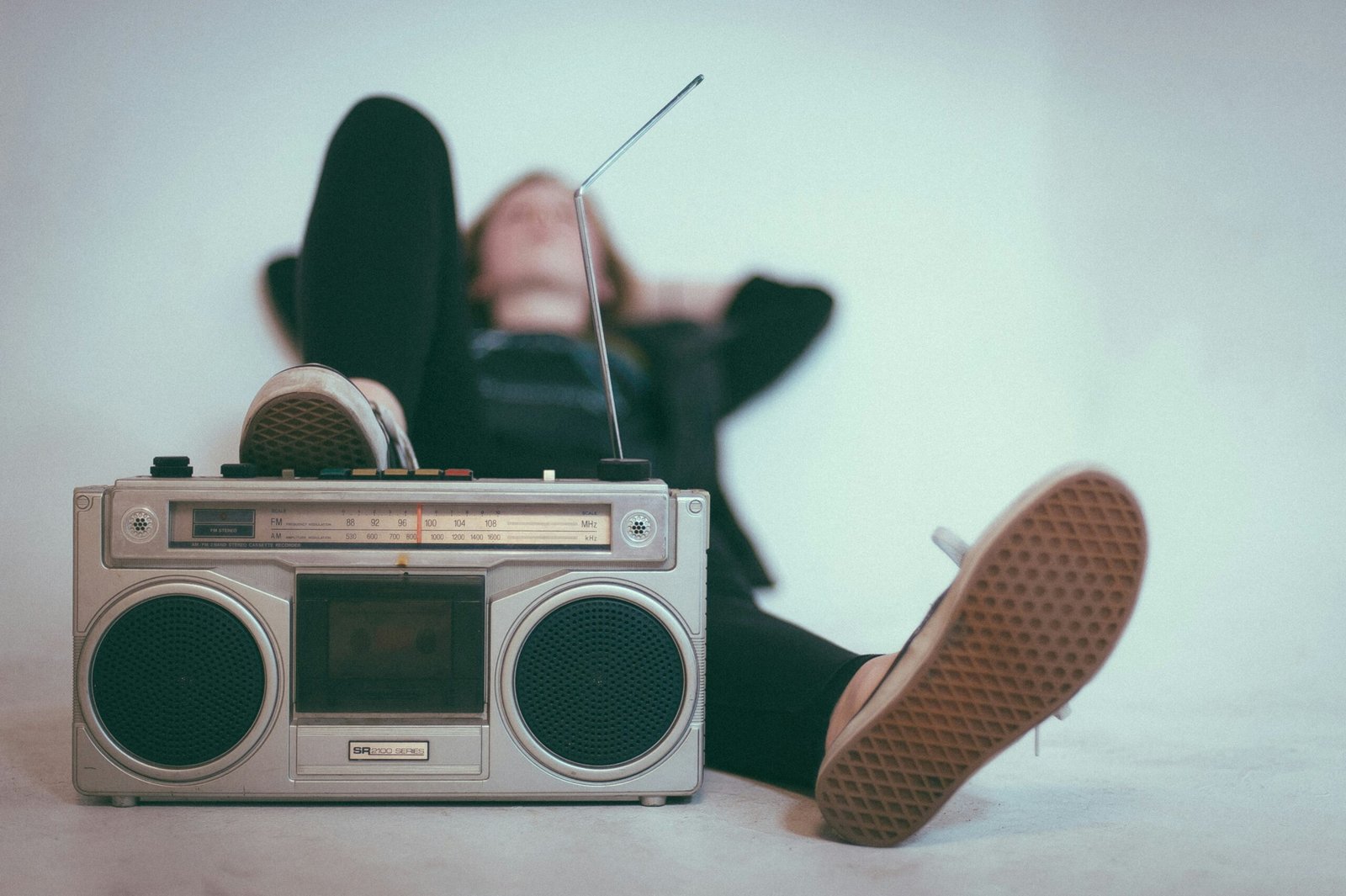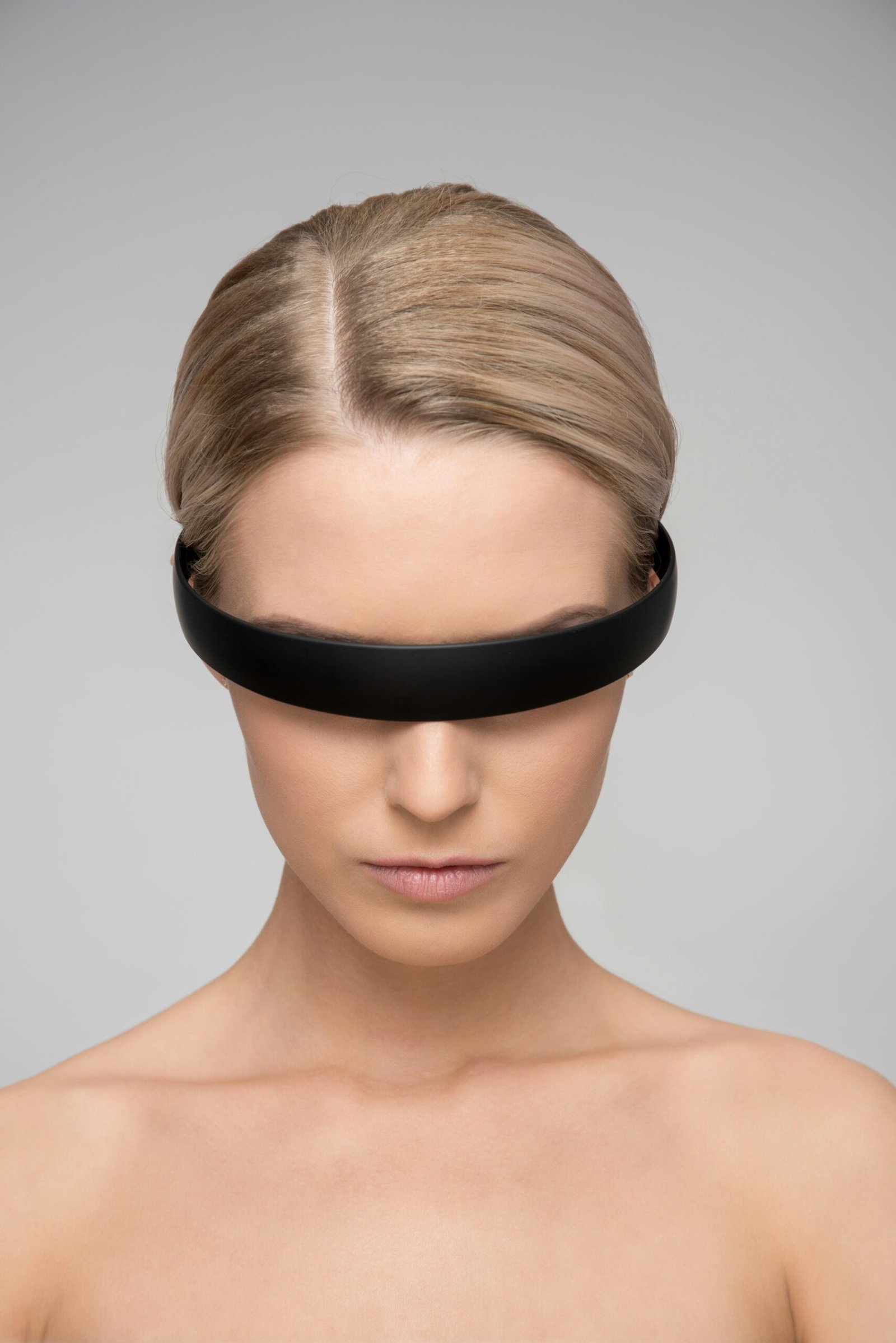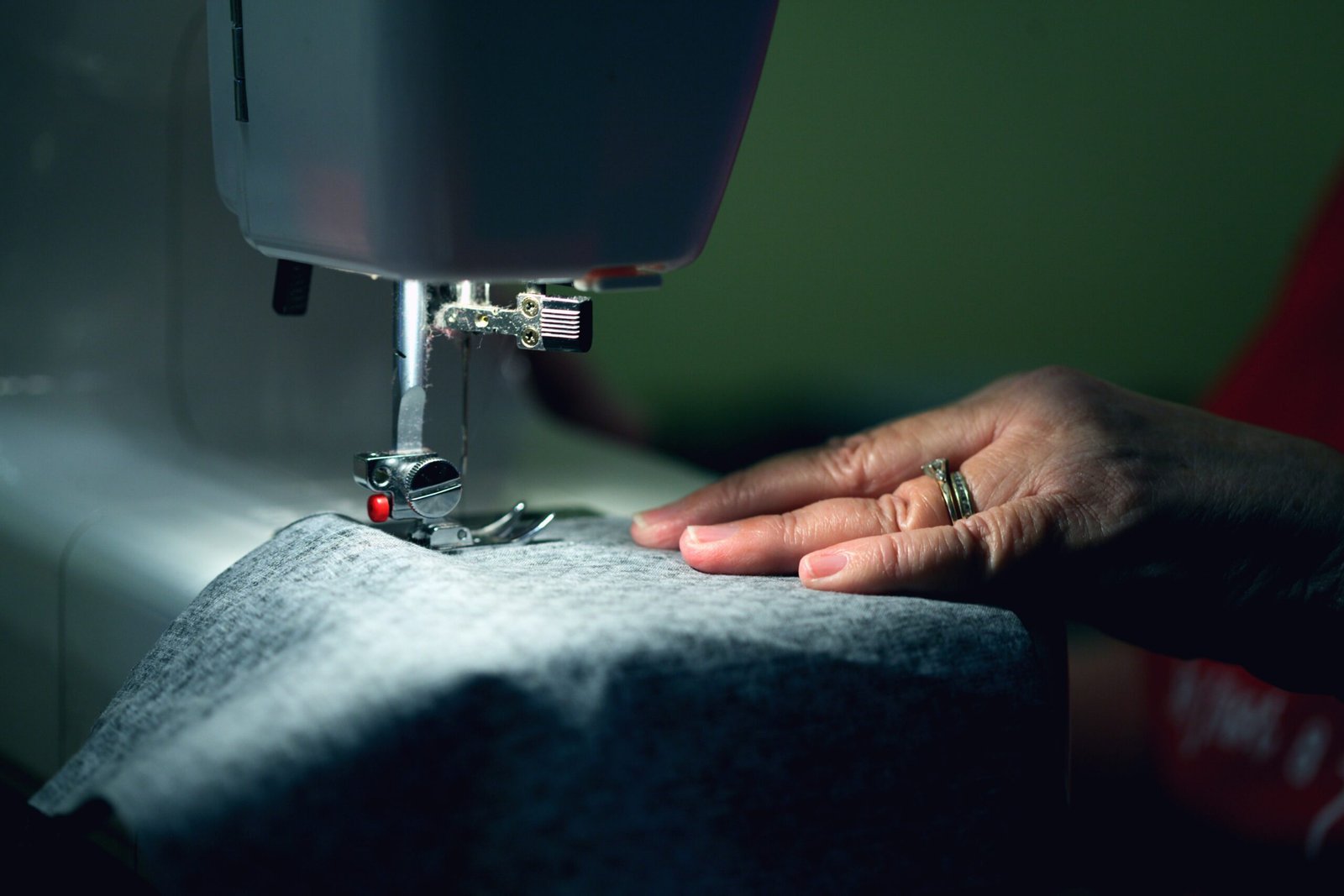The Influence of Music on Fashion Trends
Music and fashion have long shared a mutually influential relationship, wherein each element not only reflects but also shapes the other. This symbiotic connection has been evident across various decades and genres, from the flapper dresses of the Jazz Age to the punk fashion movements of the late 20th century. Music artists often emerge as fashion icons, setting trends that resonate far beyond the stage, influencing the wardrobes of millions. Conversely, fashion plays a crucial role in defining the personas and branding of musicians, enhancing their visibility and appeal.
Over the years, the cross-pollination of these two industries has resulted in some of the most iconic styles and cultural moments. For instance, the glam rock era of the 1970s saw musicians like David Bowie and Freddie Mercury pushing the boundaries of fashion with their bold, androgynous looks. Similarly, hip-hop artists of the 1990s, such as Tupac Shakur and Notorious B.I.G., popularized streetwear, setting trends that persist to this day. These examples illustrate how music does not merely influence fashion but also serves as a vehicle for broader social and cultural commentary.
Moreover, fashion designers frequently draw inspiration from musical genres and subcultures, creating collections that pay homage to rock ‘n’ roll, punk, or hip-hop. This interplay is further exemplified by collaborations between musicians and fashion brands, where artists launch exclusive clothing lines or serve as the face of major campaigns. Such partnerships underscore the deep-seated interdependence between music and fashion, each serving to amplify the other’s reach and impact.
In essence, the intricate relationship between music and fashion is a testament to their combined power in shaping cultural landscapes. As we delve deeper into this topic, we will explore various facets of this dynamic interplay, shedding light on how it continues to evolve and influence contemporary trends.
Historical Overview of Music’s Influence on Fashion Trends
Throughout history, music has played a pivotal role in shaping fashion trends, creating an inseparable bond between sound and style. The Jazz Age of the 1920s marked one of the earliest significant intersections of music and fashion. With the rise of jazz, flapper dresses, characterized by their loose fit and fringe details, epitomized the era’s spirit of liberation and exuberance. Iconic musicians like Josephine Baker became style icons, influencing the fashion of the time with their daring and glamorous looks.
The 1950s saw the emergence of rock ‘n’ roll, a genre that not only revolutionized music but also fashion. Figures like Elvis Presley and Buddy Holly popularized the rebellious, youthful image of leather jackets, slicked-back hair, and denim jeans. This era’s fashion was all about breaking away from conservative norms, and it resonated with the growing teenage demographic.
Moving into the 1970s, the punk movement further demonstrated music’s influence on fashion. Bands like The Ramones and The Sex Pistols introduced a raw, DIY aesthetic characterized by ripped clothing, safety pins, and bold, anti-establishment statements. This era’s fashion was a direct reflection of the music’s rebellious and countercultural ethos, challenging mainstream fashion norms.
In the 1990s, hip-hop culture brought a unique and lasting impact on fashion trends. Artists such as Tupac Shakur and Notorious B.I.G. popularized streetwear styles, including oversized clothing, bucket hats, and high-top sneakers. This era’s fashion was heavily influenced by the urban environment and the music’s lyrical content, emphasizing individuality and self-expression.
The 2000s witnessed the rise of pop stars who became fashion icons in their own right. Artists like Britney Spears and Beyoncé set trends with their distinctive styles, from low-rise jeans and crop tops to glamorous red carpet ensembles. This period underscored the symbiotic relationship between pop music and fashion, with each influencing the other in a continuous loop of creativity and innovation.
Iconic Musicians and Their Fashion Statements
Throughout history, musicians have significantly influenced fashion trends, not just through their music but also through their distinctive style statements. Among these iconic trendsetters, David Bowie, Madonna, Michael Jackson, and Lady Gaga stand out for their profound impact on fashion. Each of these artists has created a unique fashion identity that has inspired fans and the fashion industry alike, leaving an indelible mark on the sartorial landscape.
David Bowie, often referred to as the chameleon of fashion, revolutionized the concept of personal style. His bold, androgynous looks, particularly during his Ziggy Stardust phase, challenged traditional gender norms and introduced a new era of flamboyant, eclectic fashion. Bowie’s use of vibrant colors, dramatic makeup, and futuristic costumes created a visual spectacle that continues to inspire designers and fashion enthusiasts.
Madonna, dubbed the Queen of Pop, has been a fashion icon since the 1980s. Her ability to reinvent her image has kept her at the forefront of both music and fashion. From the punk-inspired looks of her early career to the glamorous, high-fashion ensembles of her later years, Madonna’s style evolution has been nothing short of remarkable. Her influence is evident in the widespread adoption of trends such as lace gloves, corsets, and conical bras, which have become synonymous with her name.
Michael Jackson, the King of Pop, also left a lasting legacy in the fashion world. His signature looks, including the sequined glove, the red leather jacket from “Thriller,” and the military-inspired jackets, have become iconic. Jackson’s impeccable sense of style and attention to detail set new standards in performance attire, influencing countless artists and designers.
Lady Gaga, known for her avant-garde fashion choices, has pushed the boundaries of conventional style. From her infamous meat dress to her elaborate red carpet ensembles, Gaga’s fearless approach to fashion has made her a modern-day icon. Her influence extends beyond her fans to the fashion industry, where her bold choices continue to inspire innovation and creativity.
These musicians have not only shaped the sound of their respective eras but have also redefined fashion trends. Their unique styles have transcended the stage, making a lasting impact on both popular culture and the fashion industry.
The Role of Music Videos in Shaping Fashion Trends
Music videos have transcended their primary purpose of promoting songs to becoming influential platforms for showcasing fashion trends. The visual appeal of music videos has the power to captivate audiences, making them an effective medium for dictating fashion. By presenting artists in meticulously styled outfits, music videos create a lasting impact on viewers, often leading to widespread emulation of featured styles.
Iconic music videos have left an indelible mark on the fashion landscape. Michael Jackson’s “Thriller” is a quintessential example of how a music video can influence fashion. The red leather jacket Jackson wore became an instantly recognizable fashion statement, inspiring countless imitations. Similarly, Madonna’s “Like a Virgin” introduced the world to her bold style, characterized by lace, tulle skirts, and fingerless gloves. This look quickly permeated the fashion world, symbolizing the daring and eclectic style of the 1980s.
In more recent times, Lady Gaga’s “Bad Romance” has showcased how music videos can push the boundaries of fashion. The video features striking outfits designed by Alexander McQueen, including the infamous armadillo shoes, which became a sensation in the fashion industry. The avant-garde aesthetic presented in “Bad Romance” not only set new fashion trends but also influenced the broader scope of fashion design.
The visual storytelling in music videos allows artists to express their individuality through fashion, setting trends that resonate with fans globally. The combination of music and fashion creates a potent cultural artifact that inspires, influences, and sometimes even dictates mainstream fashion trends. By merging auditory and visual elements, music videos serve as a dynamic canvas for fashion innovation, continually shaping and redefining the fashion landscape.
Music Festivals and Their Fashion Impact
Music festivals have transcended their musical roots to become pivotal arenas for fashion innovation and expression. Events such as Coachella, Glastonbury, and Lollapalooza are not only celebrated for their diverse musical lineups but also for their vibrant and eclectic fashion scenes. Attendees meticulously curate their outfits, often showcasing unique, trend-setting styles that capture the essence of the festival ethos.
At Coachella, for instance, the fashion landscape is dominated by the boho chic aesthetic. This style, characterized by flowing garments, earthy tones, and intricate patterns, has permeated mainstream fashion. Influencers and celebrities attending the festival often sport outfits that blend comfort with high fashion, setting the stage for seasonal trends. The impact of Coachella’s fashion extends beyond the festival grounds, influencing retail collections and inspiring everyday wardrobe choices.
Glastonbury, with its rich history and diverse crowd, presents a different yet equally influential fashion narrative. The festival’s unpredictable weather has given rise to a unique style that combines practicality with creativity. Festival-goers often opt for layered outfits, sturdy footwear, and weatherproof accessories, crafting looks that are both functional and fashionable. This approach to festival fashion has introduced practical styling elements into mainstream fashion, encouraging a blend of utility and style.
Lollapalooza, known for its eclectic music lineup, similarly fosters a diverse fashion environment. The festival’s urban setting sees a mix of streetwear, avant-garde designs, and retro styles. Attendees draw inspiration from various subcultures, creating a melting pot of fashion influences that resonate with broader fashion movements. The festival’s fashion scene promotes individuality and experimentation, contributing to the dynamic evolution of streetwear trends.
Overall, music festivals have become significant influencers in the fashion world. The styles showcased at these events often filter into mainstream fashion, introducing new trends and reviving classic ones. From boho chic at Coachella to the practical yet stylish ensembles at Glastonbury, and the eclectic mix at Lollapalooza, festival fashion continues to shape and redefine the fashion landscape.
The Influence of Music Genres on Fashion
Music genres have long played a pivotal role in shaping fashion trends, each bringing its own distinct style to the forefront. The grunge look, for example, emerged from the alternative rock scene of the late 1980s and early 1990s. Characterized by flannel shirts, ripped jeans, and combat boots, this style mirrored the anti-establishment ethos of bands like Nirvana and Pearl Jam. The unkempt, laid-back appearance became a staple for fans who identified with the raw, unpolished sound of grunge music.
In stark contrast, pop music has always gravitated towards a more glamorous and glittery aesthetic. Icons such as Madonna, Michael Jackson, and Lady Gaga have defined pop fashion with their extravagant outfits, bold colors, and elaborate stage costumes. The influence of pop music extends beyond the stage, with fans often emulating their favorite artists’ looks, thereby perpetuating the cycle of glamour and innovation in the fashion industry.
Hip-hop, on the other hand, has revolutionized streetwear. Originating from urban neighborhoods in the 1980s, hip-hop fashion includes oversized clothing, sneakers, and accessories like gold chains and caps. Artists such as Run-D.M.C., Tupac Shakur, and Jay-Z have not only influenced their fans but have also crossed over into mainstream fashion, making streetwear a global phenomenon. The essence of hip-hop fashion lies in its ability to reflect the culture and lifestyle of its community, blending comfort with a bold statement.
The gothic music scene offers yet another unique influence on fashion, characterized by dark, avant-garde styles. Originating from post-punk music in the late 1970s, gothic fashion includes elements such as black clothing, lace, leather, and dramatic makeup. Bands like The Cure and Bauhaus have inspired their listeners to adopt this mysterious and often theatrical style, making gothic fashion a distinct and enduring subculture.
Each music genre serves as a powerful vehicle for fashion expression, allowing individuals to align their appearance with their musical preferences and cultural identity. By examining these distinct styles, it becomes evident that music and fashion are inextricably linked, each influencing and evolving alongside the other.
Collaborations Between Musicians and Fashion Designers
Collaborations between musicians and fashion designers have become a hallmark of contemporary culture, blending the worlds of music and fashion into cohesive and influential partnerships. These collaborations often result in exclusive lines or collections that leverage the unique artistic vision of both the musician and the designer, creating products that resonate with a broad audience.
One prominent example of such a partnership is Kanye West’s collaboration with Adidas. This partnership has given rise to the highly successful Yeezy line, which has not only redefined sneaker culture but also set new standards in the streetwear and fashion industries. Kanye West’s distinct style and influence in music have seamlessly merged with Adidas’ innovative approach to design, resulting in a brand that is both culturally relevant and commercially successful.
Similarly, Rihanna’s collaboration with Fenty has revolutionized the beauty and fashion sectors. By partnering with LVMH, Rihanna launched Fenty Beauty and Fenty Fashion House, focusing on inclusivity and diversity. This collaboration has empowered consumers and set new benchmarks for the industry, showcasing how musicians can leverage their platforms to promote change and innovation in fashion.
Another notable example is Beyoncé’s partnership with Ivy Park, an activewear brand that she co-founded. Ivy Park, in collaboration with Adidas, has become a symbol of empowerment and style. Beyoncé’s influence in music and culture has significantly boosted the brand’s visibility and appeal, highlighting the mutual benefits of such collaborations. Through Ivy Park, Beyoncé has been able to promote a message of strength and resilience while offering high-quality, fashionable athletic wear.
These collaborations demonstrate the symbiotic relationship between musicians and fashion designers. Musicians gain an additional avenue to express their creativity and connect with their audience, while designers benefit from the musicians’ influence and reach. Together, they create products that are not only fashion statements but also cultural phenomena, underscoring the powerful intersection of music and fashion.
The Future of Music and Fashion Interplay
As we look towards the future, the interplay between music and fashion is poised to become even more dynamic and interconnected. The advent of emerging technologies, particularly virtual reality (VR) and augmented reality (AR), is set to revolutionize the way we experience and integrate these two creative realms. Fashion shows and music concerts could increasingly occur within VR environments, offering immersive experiences that blend visual aesthetics with auditory stimulation, creating a multisensory feast for audiences worldwide.
Social media will continue to play a pivotal role in this evolution. Platforms like Instagram and TikTok are already hubs where music and fashion trends are born and propagated at lightning speed. These platforms give artists and designers unprecedented access to global audiences, allowing new trends to emerge almost instantaneously. As social media algorithms evolve, they will likely become even more adept at predicting and amplifying these trends, creating a continuous feedback loop between music, fashion, and audience preferences.
Emerging artists and designers such as Billie Eilish, who is known for her unique fashion choices, and Virgil Abloh, with his innovative designs at Off-White and Louis Vuitton, are likely to continue pushing the boundaries of how music and fashion intersect. Their influence demonstrates that the lines between music and fashion are becoming increasingly blurred, with each domain borrowing elements from the other to create new, hybrid forms of expression.
The ongoing importance of music in shaping and reflecting fashion trends cannot be overstated. Music has always been a mirror reflecting societal shifts, and as our culture becomes more digitally interconnected, this reflection will grow more pronounced. Whether through the rhythmic beats of a new genre or the bold designs of a trailblazing fashion line, the symbiotic relationship between music and fashion will continue to evolve, driven by both technological advancements and the innovative spirit of the artists and designers leading the charge.
Conclusion and Key Takeaways
Throughout history, the symbiotic relationship between music and fashion has been a driving force in shaping cultural trends and societal norms. From the flamboyant styles of the 1970s disco era to the minimalist aesthetics of 1990s grunge, music has consistently influenced fashion in profound and transformative ways. This dynamic interplay is not just a relic of the past; it continues to evolve, reflecting the ever-changing landscape of both industries.
One of the key takeaways from this exploration is the notion that music and fashion are deeply intertwined, each serving as both a mirror and a catalyst for the other. Genres like hip-hop, punk, and pop not only introduce new sounds but also herald new styles, pushing the boundaries of conventional fashion. Icons in the music industry often become trendsetters, their sartorial choices sparking global movements and inspiring designers worldwide.
Moreover, the advent of social media has amplified this influence, allowing trends to spread more rapidly and widely than ever before. Platforms like Instagram and TikTok serve as modern-day runways, where musical artists can showcase their unique styles and influence their followers instantaneously. This phenomenon underscores the importance of staying attuned to both music and fashion, as shifts in one realm often predict changes in the other.
In conclusion, the relationship between music and fashion is as dynamic as it is enduring. By understanding this intricate connection, one can gain deeper insights into cultural trends and anticipate future shifts in style and taste. Whether you are a fashion enthusiast or a music aficionado, staying informed about both industries can enrich your appreciation of how they shape and reflect the world around us.
music and fashion, fashion trends, iconic musicians, music videos, festival fashion, music genres, fashion designers, fashion evolution, fashion history, pop culture, streetwear, boho chic, grunge fashion, fashion icons, music influence, celebrity fashion, music style, fashion industry, music collaborations, future fashion trends, fashion blogging, style influencers, music culture, avant-garde fashion, virtual fashion
Share this content:




 Italiano
Italiano English
English Español
Español